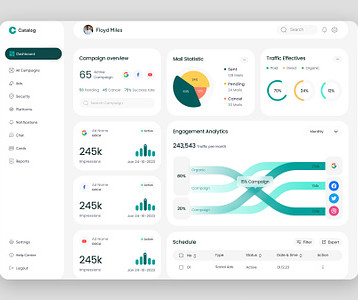Transportation is a major component in business, where the supply chain depends on timely delivery to manufacturing sites, distribution centers, and customers. Without a reliable system in place, however, it not only sets off a downstream ripple effect, but the quality of your product also becomes a moot point if customers aren’t receiving it in a timely manner.
Indeed, companies understand delivery satisfaction is crucial to keep operations running smoothly. Planning routes, shipping schedules, and transportation carriers is just one part of the day-to-day schedule. But with companies trying to balance and manage fuel price increases, driver retention, and infrastructure issues, how can they make the best decisions for both themselves and their customers?
Consider these tips when it comes to making smarter business transportation decisions.
1. Invest in Metric Tools to Reduce Costs
U.S. roadways are experiencing increased congestion, with reports estimating that drivers spent more than 50 hours stalled in traffic in 2022. This type of data reveals an issue that will likely only get worse, making it even more imperative for companies to consider solutions that can help them forego delivery delays.
Of course, traffic congestion and unsafe roadways are a hazard for drivers, but with the implementation of key transportation metrics, your business can plan, execute, and optimize the importing and exporting of goods. To better understand how such data can help your business, we need to look at the way traffic data is gathered and utilized.
Average Annual Daily Traffic (AADT) is a metric used throughout the transportation industry to measure and forecast traffic volume. Additionally, city governments and highway departments rely on it for planning and designing infrastructure. Maintaining a system of tracking traffic is crucial when planning new developments, such as real estate ventures and city streets. Moreover, having access to this data also enables businesses to plan more efficient routes and roadways for their drivers. Indeed, when you invest in solutions that track AADT, your company gains the insight and data it needs to make better transportation decisions.
2. Optimize Your Warehouse Management
Supply chain bottlenecks are a serious issue, and in order to optimize logistics, your warehouse must run efficiently. To achieve that, ensure inventory is up-to-date and stocked with high-demand goods positioned for easy access. In addition, employees should always keep the warehouse organized and tidy in order to more easily find supplies to fulfill orders. Clear aisles for forklifts and consider adding an inventory management system that has an integrated barcode scanner for documenting incoming and outgoing products.
3. Evaluate Your Dock Operations
Another crucial element of a company’s success is the preparing, packing, and loading of supplies destined for their customers. To achieve that, evaluate your dock operations, which should include the planning, routing, and scheduling of orders. Are things operating under maximum efficiency or are there areas that need improvement? Regardless, look for ways to streamline tasks for a smoother shipping process. In fact, you may want to consider implementing a transportation management system to identify the best routes for your drivers and which offers other features pertinent to your organization’s operations. With better loading, routing, and scheduling, your business will enjoy the benefits of customer satisfaction — and you know what that means: Happy customers equals repeat business.
Also Read : 8 Technologies That Could Reduce Car Accidents
Smarter Decisions Lead to Better Bottom Lines
Ultimately, business owners must avoid making transportation-related decisions that only lead to short-term gain. Furthermore, they need to understand how these choices impact their company’s bottom line. Consider these tips for better decision-making and start implementing new protocols today for a tomorrow that yields satisfied customers and higher profits.










